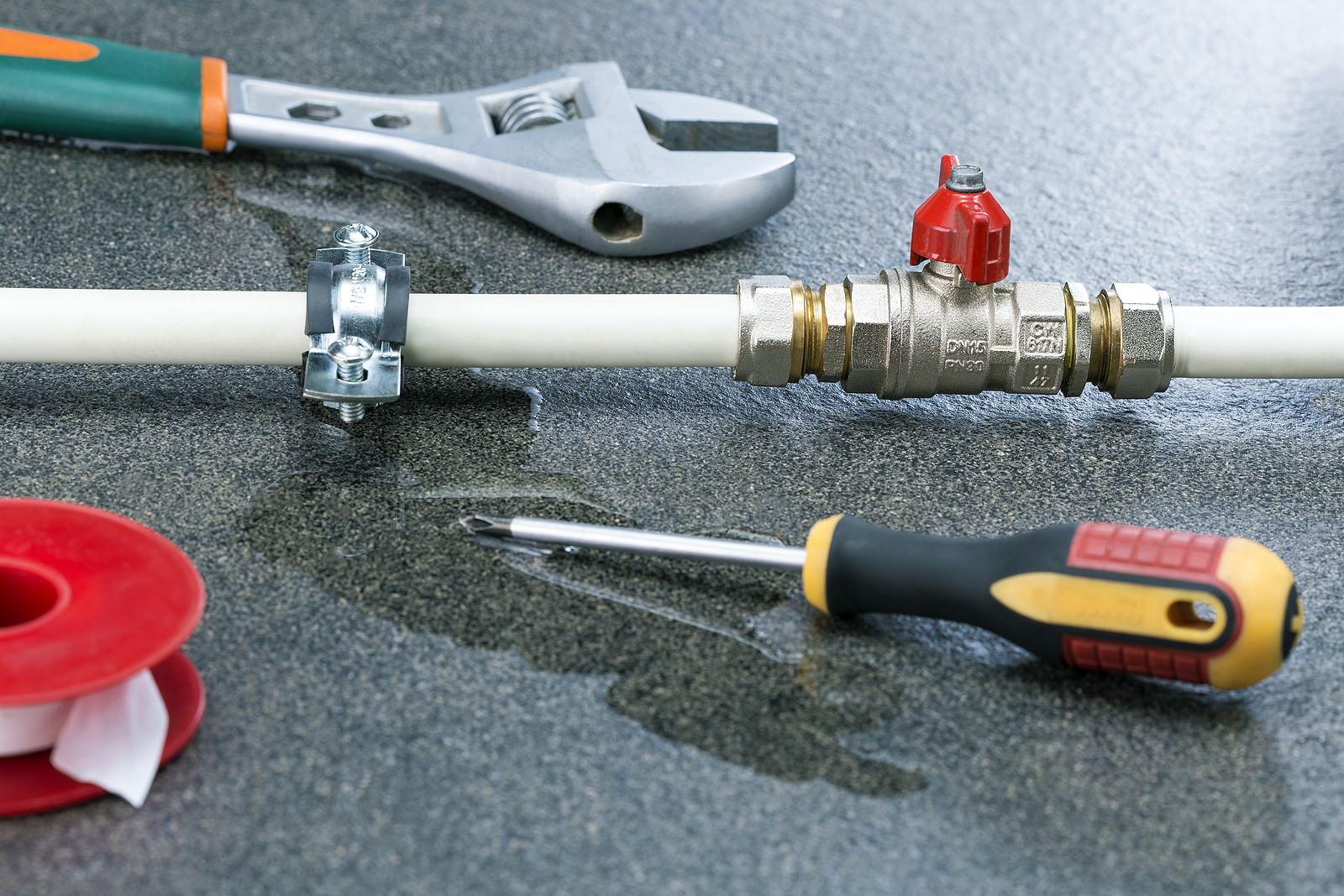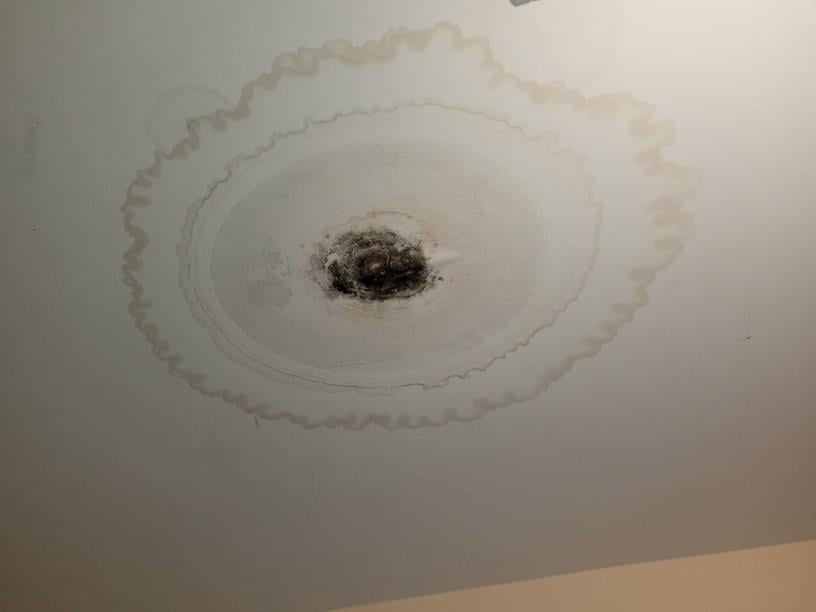Unmask Hidden Water Line Leaks: Six Effective Detection Strategies
Unmask Hidden Water Line Leaks: Six Effective Detection Strategies
Blog Article
What're your ideas with regards to Detecting hidden plumbing leaks?

Early discovery of leaking water lines can mitigate a possible calamity. Some small water leaks might not be visible.
1. Analyze the Water Meter
Every house has a water meter. Examining it is a guaranteed way that helps you uncover leaks. For beginners, switch off all the water sources. Make certain no person will certainly flush, make use of the faucet, shower, run the cleaning machine or dishwasher. From there, most likely to the meter and watch if it will alter. Since nobody is utilizing it, there need to be no activities. If it moves, that suggests a fast-moving leak. If you find no adjustments, wait a hr or 2 as well as examine back once more. This suggests you may have a slow leakage that could even be below ground.
2. Examine Water Consumption
If you identify abrupt adjustments, regardless of your intake being the exact same, it means that you have leakages in your plumbing system. An abrupt spike in your bill suggests a fast-moving leakage.
On the other hand, a consistent boost each month, despite having the very same behaviors, shows you have a slow leak that's also gradually rising. Call a plumber to extensively examine your residential or commercial property, especially if you feel a cozy location on your floor with piping beneath.
3. Do a Food Coloring Examination
When it comes to water consumption, 30% comes from commodes. If the shade somehow infiltrates your dish throughout that time without flushing, there's a leak between the container as well as bowl.
4. Asses Exterior Lines
Do not fail to remember to examine your exterior water lines as well. Should water leak out of the link, you have a loosened rubber gasket. One tiny leak can lose loads of water and also spike your water expense.
5. Check and also Assess the Situation
Homeowners must make it a habit to inspect under the sink counters as well as also inside cabinets for any type of bad odor or mold and mildew growth. These 2 warnings show a leakage so timely attention is required. Doing regular inspections, also bi-annually, can conserve you from a significant trouble.
Examine for discolorations and also damaging as a lot of pipes as well as appliances have a life expectancy. If you presume leaking water lines in your plumbing system, don't wait for it to rise.
Early discovery of dripping water lines can reduce a possible calamity. Some small water leakages may not be visible. Inspecting it is a guaranteed way that helps you uncover leaks. One small leak can lose heaps of water and also spike your water expense.
If you suspect leaking water lines in your plumbing system, don't wait for it to rise.
How to Know If Your Home Has a Hidden Leak
Water Meter Reveals Inexplicable Water Usage
If you’d like to test whether or not there’s a leak somewhere in your home, you can do this using your water meter. Here is how to conduct the test:
Don’t use any water in your home for at least 30 minutes; this also means not turning on faucets or water-using appliances.
Go outside, and check your water meter for activity.
If your water meter shows that there was activity, even though no one was using any water, this proves that there is a leak in your home.Visible Mold or Mildew Growth
Leaks behind walls create moist, dark environments that allow mold and mildew to grow and thrive. Eventually, you might see mold growth forming on the wall closest to a hidden leak.
If mold is growing in an area that receives a high amount of moisture, such as a bathroom, it may simply be an indication that better ventilation is needed. However, if you see mold growth on a wall or the ceiling in an area where you would not expect, you probably have a hidden leak.
Musty, Mildew Odor
Sometimes you might not be able to see the mold or mildew that is growing as a result of a leak. However, the smell can give the problem away just as easily. If you catch a whiff of something musty, there’s a good chance that old water is collecting somewhere in your home that you can’t see.
Stained/Warped Walls, Ceilings, or Floors
When your home soaks up water, a variety of red flags can become visible, including ceiling stains, bubbling drywall, warped walls, and sagging floors. While these issues can be caused by excess humidity, they can also be signs that a pipe or plumbing connection has started leaking behind your walls.
Inexplicably High Water Bill
After a while, you get a general sense for what your water bill should be. If you own a pool or sprinkler system, your bill will tend to be higher during summer. However, if you receive a water bill that seems especially high, and you can’t figure out what caused it, then you may have a hidden leak somewhere that’s increasing your bill.
https://www.plumbingjoint.com/blog/2019/july/how-to-know-if-your-home-has-a-hidden-leak/

I came across that page about Leaking water lines when doing a search on the web. Do you know about another person who is curious about the niche? Feel free to share it. Thank you for your time. Visit us again soon.
Best in town? Dial. Report this page